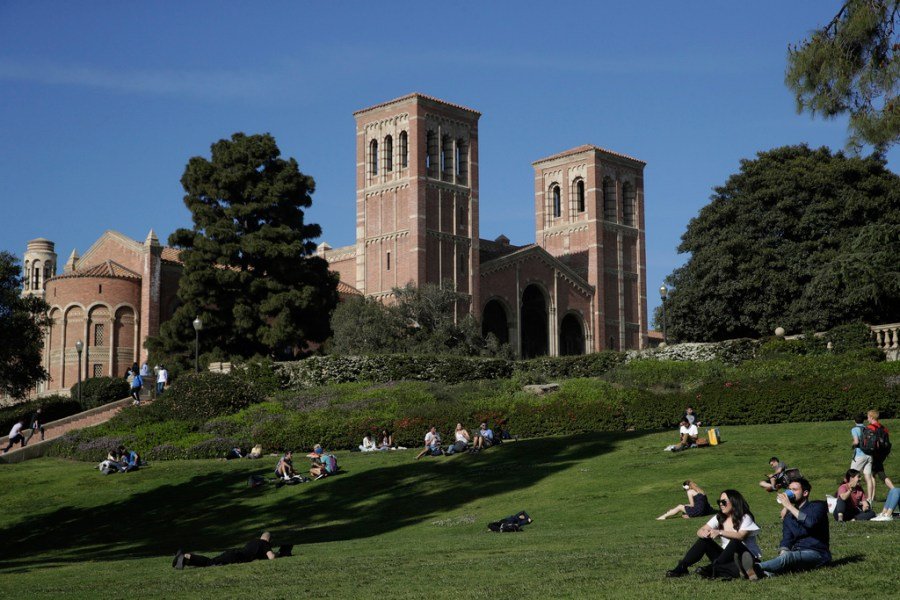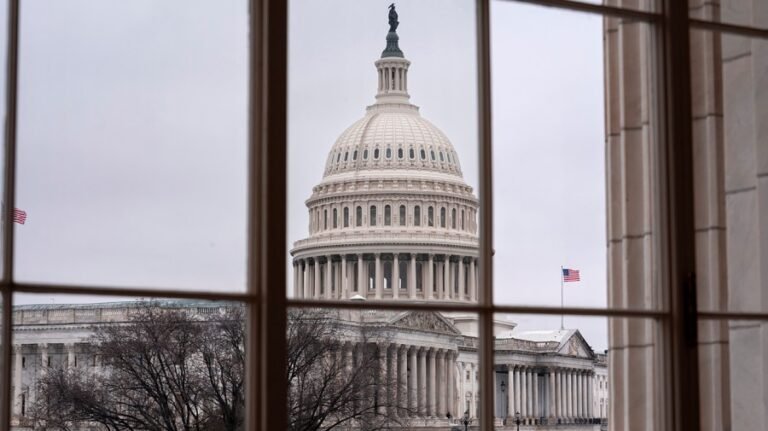
As students and parents prepare to settle into the new school year, there are undoubtedly many that are still suffering from sticker shock when they see the cost of attending college. There is both good news and bad news on this front.
The good news is that college prices have plateaued and even fallen a bit in recent years. The College Board’s annual report on college pricing tracks changes in the net cost of attending college — the total cost, including tuition, fees, room and board, minus any grant aid like Pell grants that do not have to be repaid.
The most recent report reveals that, after adjusting for inflation, net costs have been falling modestly for several years. For example, the net cost to attend a four-year public college fell from around $24,000 in the mid-2010s to around $21,000 in the last few years. Costs to attend community college likewise fell from around $18,000 to around $16,000. Even the cost of attending nonprofit colleges declined from around $39,000 to around $36,000. Falling costs are certainly welcome news.
The bad news is that costs rose relentlessly for decades before the recent declines, meaning that college still costs a lot, arguably too much. Even worse, there is little agreement about why costs rose so much for so long, which makes it difficult to agree on potential remedies.
Some argue that students and parents had to pay more because of state disinvestment – state governments slashing university funding, leaving colleges little recourse but raise prices for students. While logically sound, the evidence clearly rules this story out. To begin with states, have increased funding over time, the complete opposite of the state disinvestment theory.
From 1980 to 2024, states increased funding by $56 per student per year. So state disinvestment cannot explain rising student costs if there is no state disinvestment. It is true that there are years when states cut funding, particularly during economic recessions. But the typical pattern was for funding to fall for a few years, then recover. The problem for the state disinvestment theory is that costs for students rose both when funding was cut (consistent with the theory) and when it recovered (inconsistent with the theory).
Another common explanation for rising costs is known as Baumol’s cost disease, which argues that labor intensive industries, like college teaching, will see constantly rising costs as professor’s pay rises. The basic idea is that scientific and technological improvements elsewhere in the economy raise productivity, which in turn raises wages in those industries. To keep professors from leaving for those higher paying industries, universities must match the higher wages, even though university teaching didn’t benefit from a productivity increase. Rising wages combined with stagnant productivity therefore mean that college costs will increase over time.
There is some truth to Baumol’s cost disease, but not much. Analyses consistently finds that increases in faculty salaries accounts for only a small share of higher college costs. For example, Baumol’s cost disease could only explain no more than 10 percent of the increase in spending per student from 1999 to 2015.
So what does explain why college costs so much? The best explanation I have found are Howard R. Bowen’s five laws of educational financing:
- “The dominant goals of institutions are educational excellence, prestige, and influence.
- “In quest of excellence, prestige, and influence, there is virtually no limit to the amount of money an institution could spend for seemingly fruitful educational needs.
- “Each institution raises all the money it can.
- “Each institution spends all it raises.
- “The cumulative effect of the preceding four laws is toward ever ever-increasing expenditure.”
These are sometimes collectively referred to as the revenue theory of cost, which reverses the conventional view of how student costs like tuition are determined. Under the conventional view, there is some cost of providing an education. The federal and state governments typically cover some of this cost, and if a college is lucky, philanthropists or other groups will cover some too. Whatever isn’t covered by these other groups is then made up in tuition.
Bowen’s revenue theory of costs says this story is backwards. Colleges tailor their spending to meet their revenue. If they raise a lot, they spend a lot (see the Ivy League). If they don’t raise much, they won’t spend much (see community colleges).
The revenue theory of cost has some important implications for student costs like tuition. For one, it explains why colleges raised tuition even when state funding increased — because they had a host of “fruitful educational needs” that more tuition revenue would help meet. But it also tells us that colleges will tend to charge whatever tuition they can get away with. This in turn means that we can’t “buy” lower tuition just by increasing other revenue sources.
Andrew Gillen is a research fellow at the Cato Institute’s Center for Educational Freedom. His research focuses on the economics of higher education, with an emphasis on federal and state policies related to financial aid, regulation, accreditation, financing, transparency, and accountability.

